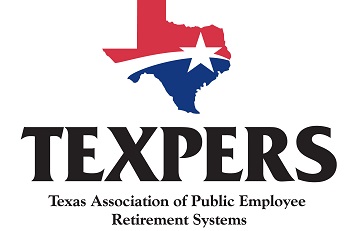For example, years ago it used to be that a city Treasurer, among all their other duties, might run the city’s pension fund by investing in rock solid U.S. government bills, notes and bonds. The Treasurer’s rationale was that they would never be accused of wild speculation with the retirement money of their city’s police, firefighters and municipal employees. They could rightly be viewed as tending conservatively to their fiduciary responsibility. It was an easy choice for them. But the Treasurer often had to go through Wall Street to secure those bonds.
Then, when some began to realize that keeping just slightly ahead of inflation wouldn’t properly maintain their pension obligations, the investment duties were outsourced to a pension organization responsible for making better investments and administering benefits. The investment portfolios tended to a 60% stock to 40% bond ratio, as that was the best thinking on what qualified as a diversified portfolio. Again, that money flowed through Wall Street investment houses.
Over time, another modest change occurred. Pension managers began adding foreign investments to their mix, with companies listed on foreign stock exchanges taking priority. That was considered appropriate diversification. And because the companies were on foreign exchanges, or represented in American Depository Receipts (ADRs) on U.S. exchanges, they had a sense of legitimacy in their own right. And this was yet more money flowing through Wall Street investment firms.
While those dynamics are still at work, today’s pension managers are seeking even broader diversification of their assets. Wall Street stocks and bonds aren’t the only assets that generate returns. Today’s pension boards recognize there is a much wider world of investment opportunities available out there. Oil and gas leases. Commercial buildings. Home rentals. Commodity investments. The list could go on and on.
Many of those investments used to be called “Main Street” because they lived outside Wall Street’s reach.
But it seems that, in many ways, the term Main Street seems to have been replaced by the ‘alternative.’ We talked about this phenomenon last year, when a Wall Street Journal article made it seem like the Texas Teachers Retirement System was really off the rails in its off-Wall Street, private equity investment strategy. Remember their headline, “Pensions Bet Big with Private Equity”? Wasn’t that a bit pejorative? It was in our view. The Wall Street Journal article seemed alarmed that the TRS had been so successful with its private equity investments!
Now, please realize there are a lot of people who would like all investments routed through Wall Street stocks and bonds. They tend to live in New York, or other major investing centers, like Chicago, London, etc. That’s how they make money.
By using the word ‘alternative’ they can imply ‘risky’ or ‘out of the ordinary.’ For those invested in the inner workings of the stock exchanges, those sorts of investments may seem risky and out of the ordinary, but to those beyond the Hudson River they are ordinary, and often less risky than volatile stock markets.
Our point is simply this: our Wall Street friends tend to define terms to their advantage, but the perceptive reader should always remember that Main Street, “alternative” investments are just as lucrative, or sometimes even more so, than what is available through Wall Street financiers. – Max Patterson
